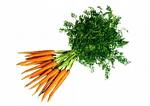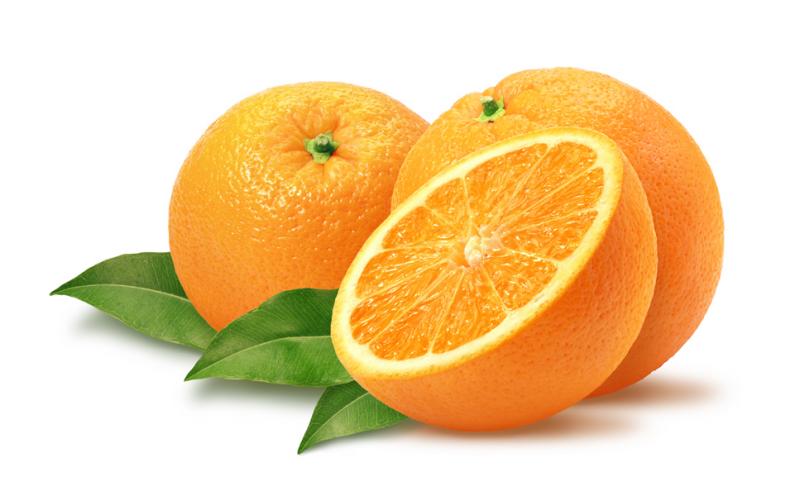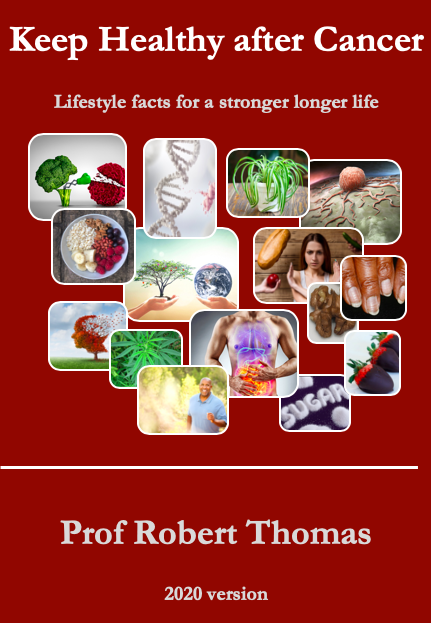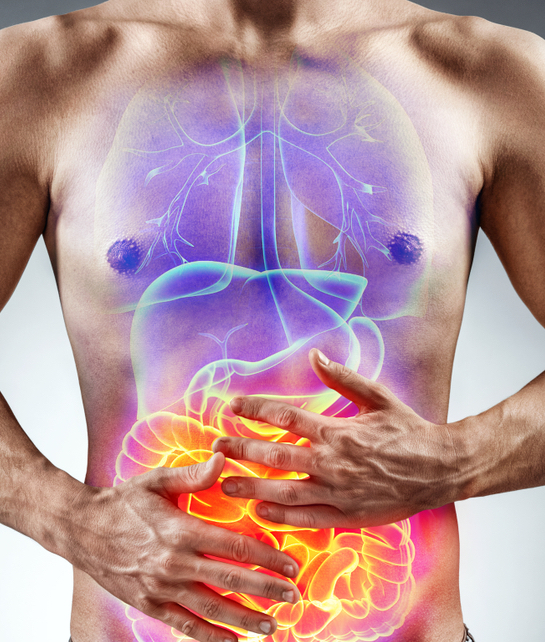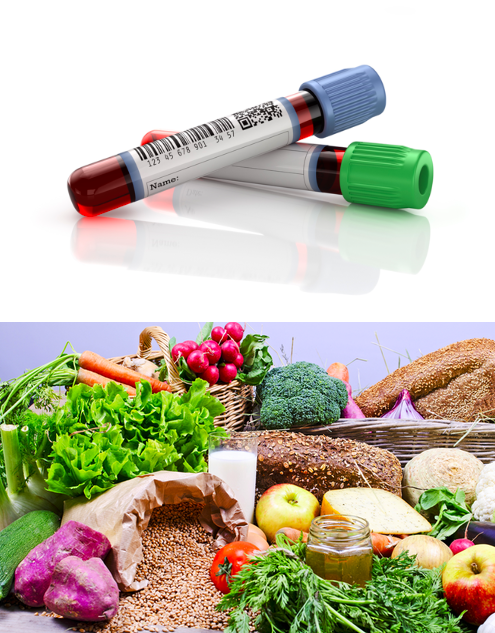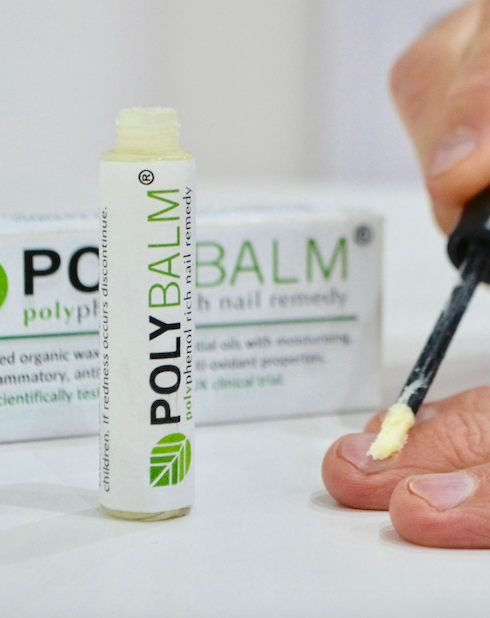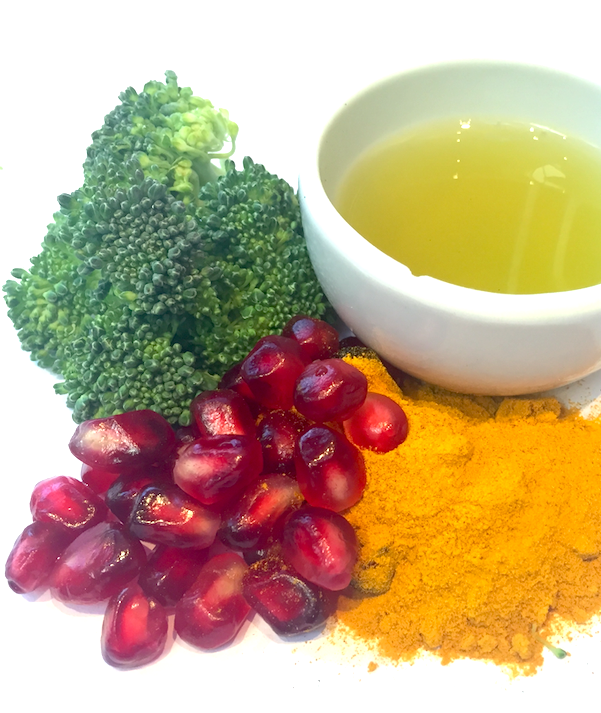|
|
||||||||||||||
|
Antioxidants |
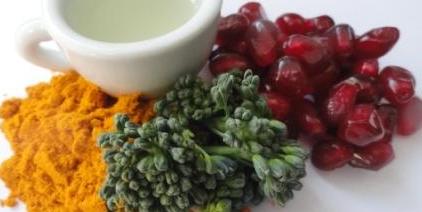
|
|||||||||||||
Foods rich in anti-oxidants and phytochemicals usually have a wide range of anti-cancer properties which are described below. The antioxidant element of there food are thought of wield their anti-cancer properties by directly or indirectly counterbalancing the super oxide free radicals produce from carcinogens in our diet or other environmental factors. The section on what is cancer explained how these free radicals damage the DNA, rearranging the genes within the cells leading to the development of cancer. Although patients with established cancer have already sustained the DNA damage in order to mutate from benign to malignant cells, the cancer process is by no means over. Avoiding further DNA insults avoids further mutation which can encourage indolent (less aggressive) malignant cells or pre-malignant cells into transform into more aggressive types which are more likely to grow and spread faster. Anti-oxidants, otherwise known as free radical scavengers are found in a wide variety of dietary sources. Foods which naturally contain a high percentage of antioxidants have more recently been nick named “superfoods”. A wide variety of foods have anti-oxidant properties including vitamins but convention tends to separate the main categories into three groups; Phytochemicals otherwise referred to as polyphenols are basically the scientific chemicals which come from plants and are traditionally in the category which do not act via a hormonal route but have been shown to have some direct anti cancer effect via an antioxidative or antiproliferative (slows cell growth rate) effect. They include the phenolic acids namely benzoic acid (hydroxybenzoic acid, gallic acid) and cinnamic acid (caffeic and quinic acid), together with the non-oestrogenic flavanoids including anthocyanidins, the flavanols (catechins and proanthocyanidins), lignans and stilbens. Kaempferol found in broccoli and kale has particularly been shown to reduce the risks of ovary and breast cancer within a large study of dietary patterns among nurses (The Nurses Health Study). Legumes such as bean and pulses, nuts and cereals have been shown to be rich in the phytochemical, inositol pentakisphosphate (InsP5). This chemical has been shown in mouse models to significantly inhibit the growth of cancer cells. It also appears to enhance the beneficial effects of chemotherapy without increasing their side effects and further development of this compound is being investigated for future clinical use. Researchers in Leicester University, UK have postulated following an environmental study of the local population that the antioxidants found in spices such as capsaicin, the chemical responsible for the heat in chillies, and curcumin, the chemical that gives turmeric its yellow colour are thought to be responsible for the low levels of colon cancer in the Asian community. In the USA a team in Columbia University are investigating a combination of turmeric and ginger. Although initially given for arthritis it has been shown in laboratory tests to reduce prostate cancer cell growth by 78% and significantly increase the rate of programmed cell death (apoptois). Drinks such as traditional green and black tea, contains a variety of phytochemicals of which the polyphenol epigallocatechin gallate is the most abundant. Many other fruit and herbal teas are also now commercially available. Healthy phytochemicals can also be found in less obvious sources such as coffee, chocolate, cider some beers, and the tannin component of red wine. The benefits of this later group have to of course be balances with the risks of alcohol, fat, carcinogens and sugar. In general foods with a high polyphenol concentration include:-
There is much we still do not know about the anti-oxidant and anti-proliferative affects of food but in an attempt to introduce some order to the discussion the Food and Drug Administration (FDA) the American food and drug regulatory authority have published league tables of foods ability to scavenge and remove the DNA damaging free radicals. The tables rank food according to their Oxygen Radical Absorbance Capacity (ORAC). The best contenders being goji berries, prunes, flaxseed, linseeds, nuts, dark greens, cruciferous, brightly coloured vegetables, berries, fruits and grains. As these have high ORAC ratings they have been nicknamed superfoods. Carotenoids:
Lycopene and
beta-carotene, are naturally occurring yellow,
orange and red plant pigments found in chillies, tomatoes,
peppers, carrots and other colourful foods. As well as protecting people form
cancer by promoting the antioxidant enzymes, there is growing evidence from
laboratory experiments that they also have been shown to stop cancer cells
progressing to a more
It is thought that the most effective protection from carotenoids
comes from mixing your carotenoids, rather than large doses of single carotenoids.
Furthermore, caution should be taken, however, regarding taking
carotenoids in the form of supplemented tablets. A substantial European study
evaluated a large group of individuals who had a high risk of developing lung
cancer (heavy smokers, previous caner of the throat). They were given carotenoid
supplements in the form of alpha-tocopherol and beta carotene. The trial
actually, showed an elevated risk of lung and prostate cancer! In another
laboratory experiment, this time in rats with cancer, half had their diet
supplemented with large quantities of dried tomato powder (the nearest thing to
natural tomatoes which rats would eat) and the other half where given a
supplement of pure lycopene. After only a few weeks there was a measurable and
statistically significant difference in the growth rate of their tumour in
favour of the powder. Another large dietary prevention study combined
beta-carotene with retinol (Vitamin A), and showed complex but fascinating
results which probably provide the best insight to date on the whole
supplementation story. In this eloquent study, individuals had
Taking antioxidants within natural foods therefore has a number of advantages. Firstly, it’s unlikely that a natural food will have very high concentrations of a single chemical, but will have a range of anti-oxidants and other beneficial agents. Secondly, in its natural form, the body is better equipped to avoid absorption of a chemical it doesn’t need or excrete ones we have too much of, avoiding excessive blood levels. Third, foods with naturally high levels of anti-oxidants are often healthy for many other reasons. They usually are high in fibre, vitamins and others substances we know about and maybe others yet to be discovered. Forth, food is cheaper than supplements which can be a financial strain on many families. What foods contain carotenoids? A healthy Mediterranean diet or more specifically from the following foods:-
Trace metals & salts:
Manganese, copper and zinc are dietary trace elements,
classified as antioxidants because they are essential for the production of
superoxide dismutase (SOD) and selenium is also essential for glutathione
peroxidase. Together with catalase, these form enzymatic defence against Zinc in excess, as you can image, is likely to be harmful. This was highlighted in the Health Professionals Follow-Up Study (HPFS). In this study, 50,000 health professionals were recruited between 1986 and 2002, from several medical fields. They were required to provide information on their eating, smoking and drinking habits, including the type of alcohol they preferred and supplements they took. During the study, 3,348 cases of prostate cancer were diagnosed. Further analysis of the diet and type of cancer showed that men who took normal amounts of zinc had the normal incidence of prostate cancer but those who took supplemental zinc at levels of more than 100mg/day or for long durations were more than twice as likely to develop advanced prostate cancer. Selenium has been shown to slow the progression of cancer cells when it was added to their culture medium in the laboratory. This was affect was also independent of the enzymatic SOD pathway, indicating that selenium on its own may have a direct anticancer effect. In humans two large studies in 1980 and 1990 showed that a low selenium status was associated with an increased risk of developing cancer. They also showed that in patients with selenium deficiency, the cancer they developed were more likely to be aggressive and fatal. The Harvard Health professional survey, for example, linked low selenium status (measured on toenail clippings!) with higher rates of aggressive prostate cancer. Both Finish and Taiwanese studies have linked blood lower levels of selenium with higher rates of lung and a liver cancer called Hepatocellular carcinoma (HCC). In China, where the incidence of HCC is high, the inhabitants of one village were supplemented with sodium selenite whilst another 5 villages were given simple salt. After 6 years, involving over 130,000 people, there was a 35% reduction in the HCC rate in the selenium supplemented village but no change in the others. These data prompted the designed and initiation of an excellent double-blind randomised trial in the USA called the Nutritional Prevention Study. It recruited 1312 individuals with a history of skin cancer and prescribed either placebo or 220 micrograms of selenium a day. The primary aim (end point), was to see if dietary selenium supplementation could reduce the risk of recurrent skin cancer. There was no difference in the number of skin cancers between the selenium or placebo group. However, when the data was analysised in more detail, a significantly lower level of lung, bowel and prostate cancer was seen in the selenium group and this lived up to robust statistical evaluation. Several large ongoing prostate prevention studies including the SELECT study are now underway across the world to try and confirm these findings and fine tune the optimal selenium dose required. Many suspect however that the people who would benefit from selenium supplements are those with a dietary deficiency in the first place for example those living in area with low soil levels. Calcium. Four prospective cohort studies, relating to calcium and prostate cancer, have been published. Two recommended a mean calcium intake between 1330-1840mg/day and showed no benefit or risk or associated risk. Two others, one involving 86,404 men in the CP II Nutrition cohort, with mean intake of >2000mg/day from food and supplements, actually showed a significantly higher rate of prostate cancer. Five of nine further questionnaire surveys associated high intake of dairy food with an increased risk of prostate & breast cancer but interpretation of these was complicated the fact that high diary was associated with high fat intake. The detrimental effect of excessive calcium is thought to lay in the finding that high dietary calcium can reduce blood and cellular vitamin D levels. As will be described in more detail below Vitamin D has demonstrated anticancer effects via its anti-proliferative properties and these benefits are therefore lost with calcium excess. Advice on healthy dietary mineral intake Selenium - recommended 60-75mcg/day. (No more than 200mcg/day). Zinc (no more than 11mg zinc per day.:
Calcium - recommended dietary calcium intakes 1000mg/day for women and 800mg / day for men
|
||||||||||||||

